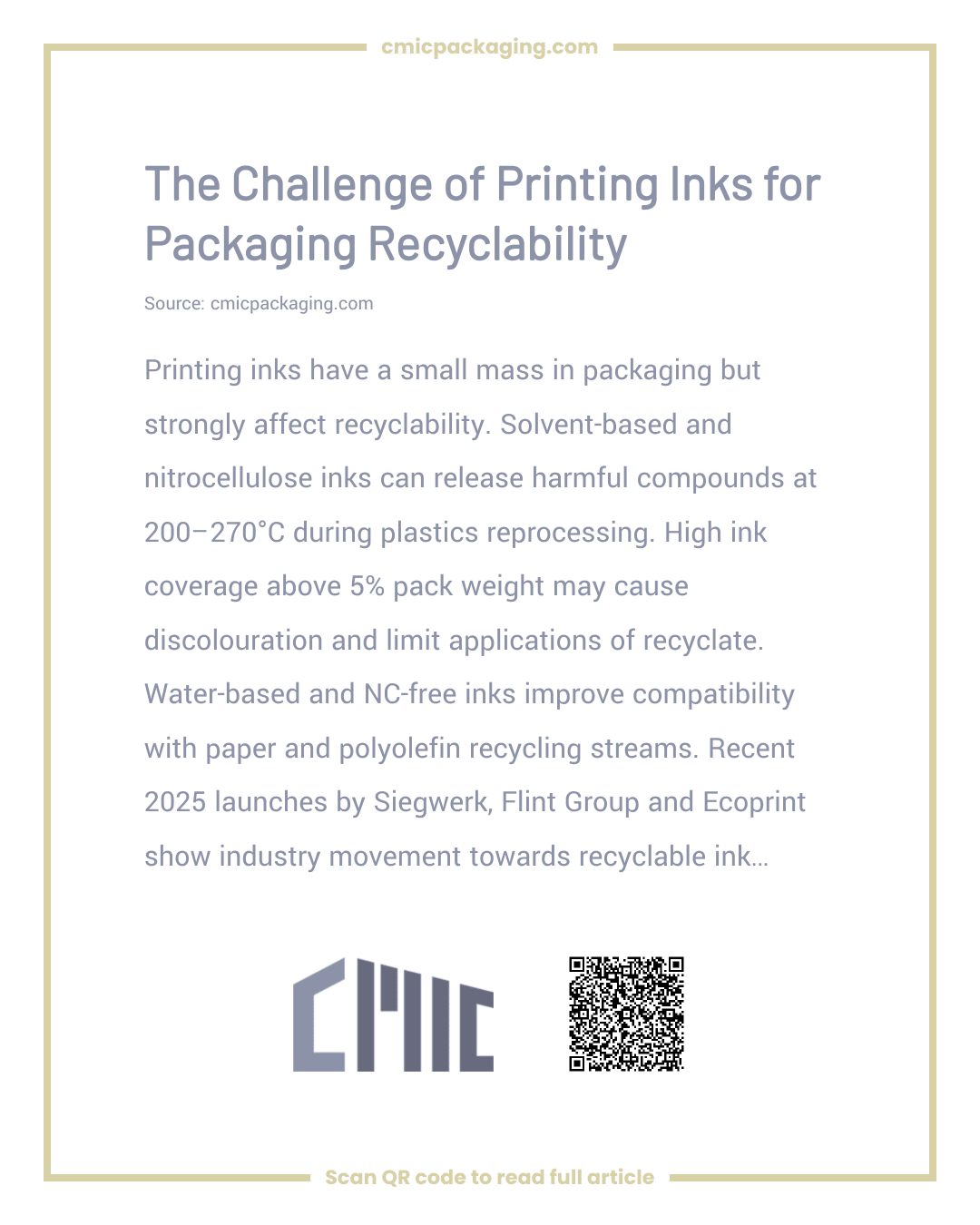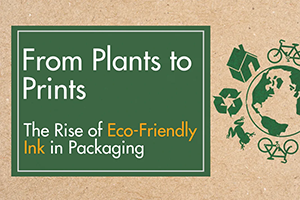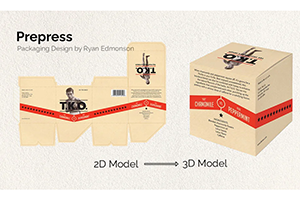Why Inks Matter More Than You Think in the Quest for Green Packaging
Picture this: you’re holding a shiny package, dazzled by its vibrant colours and snappy labels. Ink seems like such a small player, right? It weighs next to nothing. But oh boy, does it punch above its weight when it comes to recycling. From sorting headaches to rebirth as new materials, inks can be the hero or the villain in the story. I’ve spent years geeking out over packaging trends, chatting with brand folks who juggle the need for standout designs against the mess they create at the end of life. It’s a tough balance – you want your product to scream “buy me!” but not at the cost of gumming up the recycling works.
And with regulations ramping up – think the EU’s push for fully recyclable packaging by 2030 – everyone’s eyes are on inks now. It’s no longer just about looking good on the shelf; it’s the full circle, from cradle to cradle. Nail this, and you’re not only dodging fines but spinning a sustainability tale that customers actually buy into. Who doesn’t love a brand that’s as kind to the planet as it is to their wallet?
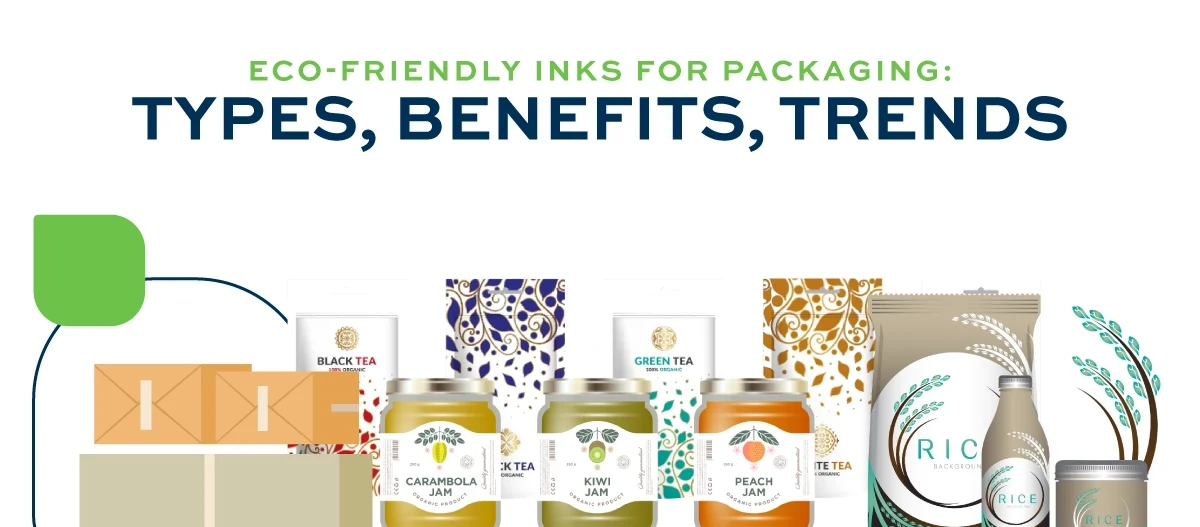
Unpacking the Mess: How Inks Throw a Wrench in Recycling
Recycling systems were dreamed up for simple stuff – plain paper, basic cardboard, or straightforward plastic sheets. Add inks, varnishes, and glues, though, and it’s like inviting chaos to the party. Let me break down the biggest gripes I’ve come across.
First off, some inks are downright toxic troublemakers. Their pigments and solvents release harmful fumes when things heat up in recycling (we’re talking scorching temps around 200–270°C for plastics). Not only does this degrade the material, but it can wreck the equipment too – imagine your recycler pulling their hair out over that.
Then there’s the colour hangover: even a smidge of leftover ink can tint recycled pellets a murky grey, tanking their value. Without top-notch de-inking tech, those plastics end up in low-rent jobs like bin liners. What a waste!
Compatibility is another nightmare. If the ink’s chemistry doesn’t vibe with the base material, you get impurities galore. Heavy-solvent types might flake off in washes, leaving sticky ghosts behind.
Oh, and don’t get me started on the ink overload. Sure, it’s light, but slap it across a big flexible package, and you might breeze past that informal 5% rule – where ink should be less than 5% of the total weight to keep things recyclable without drama.
Ignoring this stuff? It’s like forcing puzzle pieces together that were never meant to fit. Frustrating, expensive, and yeah, a bit heartbreaking for the eco-warrior in all of us.
Turning the Tide: Practical Moves for Ink-Smart Recycling
Go Green with Your Ink Choices
Here’s the silver lining – ink companies are innovating like mad to fix these issues.
Water-based inks? They’re revolutionising the game, ditching those pesky VOCs and sliding right into recycling flows. I’ve seen them take over in paper and cardboard worlds, and it’s thrilling to watch the industry pivot.
Then there are the plant-powered options, like those made from soy, veggie oils, or polyurethane binders. They cut toxins and keep recycled stuff pristine – a total win-win.
And let’s cheer for nitrocellulose-free inks from trailblazers like Flint Group and Siegwerk. Nitrocellulose clogs up plastic recycling, so ditching it means smoother paths to circular bliss, especially in mechanical processes.
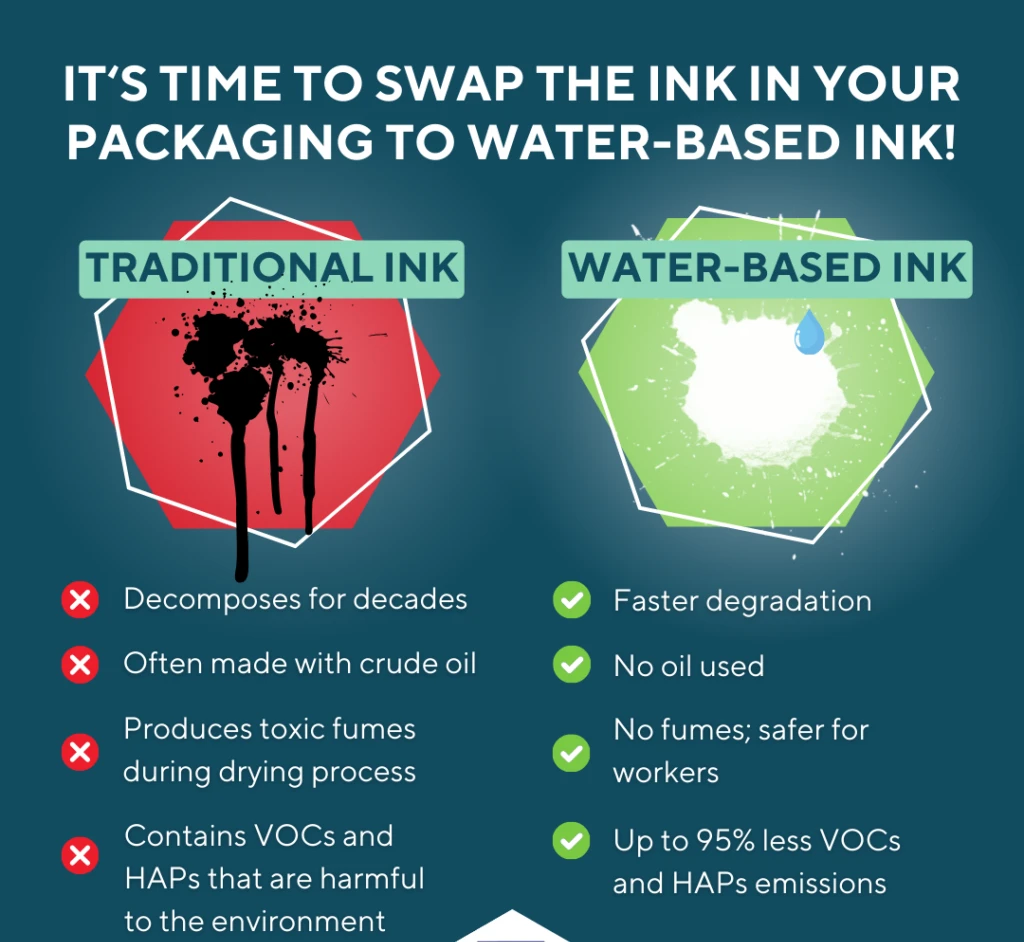
Design Like Recycling Is the Boss
But inks aren’t the whole story – it’s about designing with the afterlife in mind. Brands, listen up: cut back on blanket printing for plastics, go mono-material to sidestep clashes, and choose inks that rinse off easily or bond seamlessly.
For paper goods, de-inking friendly inks are your best friend. They dissolve in those bubbly washes, leaving pulp bright and ready for high-end rebirth. It’s like granting your packaging a drama-free encore.
Get Digital and Keep It Simple
Enter digital printing – it’s a lifesaver, using minimal ink for bold branding and barcodes. I’ve helped clients switch, and it’s amazing how it keeps things compliant without dulling the dazzle.
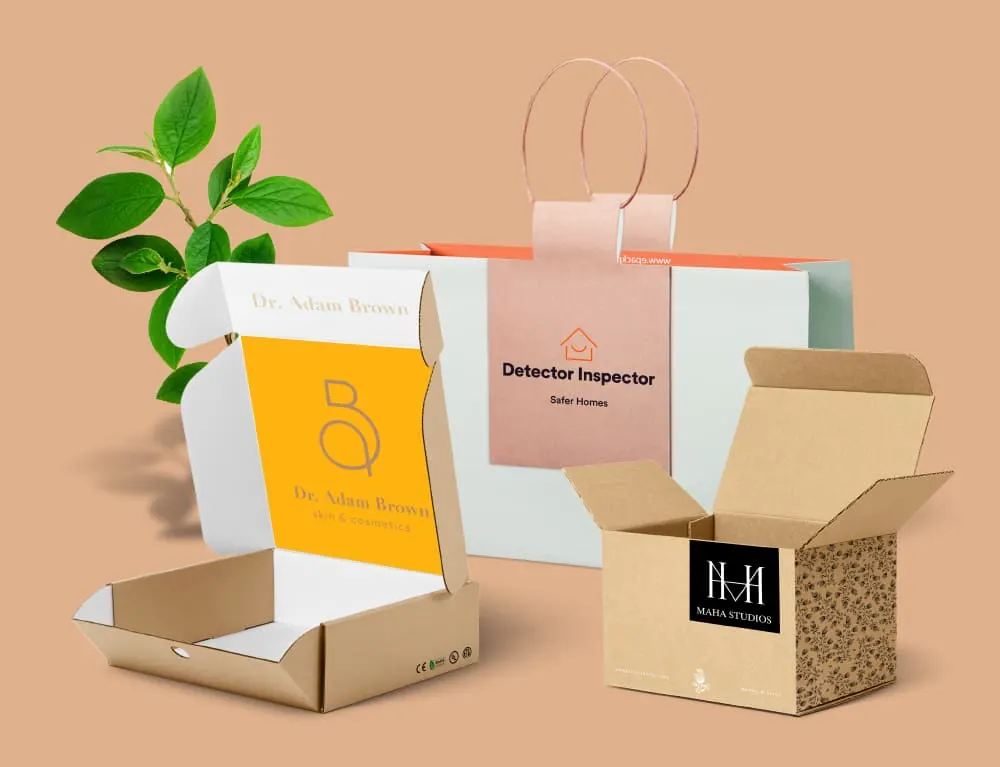
Link Arms Across the Supply Chain
No one’s an island here. Ink makers, printers, recyclers, and brands need to team up. Look at Europe’s HolyGrail 2.0 – digital watermarks that sort like pros without hurting recyclability. Invisible codes that survive the grind? That’s clever collaboration that gets me excited.
Stories from the Front Lines That Inspire Hope
Take Siegwerk’s 2025 nitrocellulose-free inks for PE and PP films – they aced tests on rub resistance and stickiness, all while nailing recyclability guidelines. Practical magic at work.
Flint Group’s 2025 pledge to go NC-free across Europe? It’s a savvy move ahead of EPR fees that could sting non-recyclable offenders.
Ecoprint’s renewable-source inks with water-based coatings in 2025 showed they’re food-safe and recycler-friendly – a full-package deal.
And France’s Reborn Group invested big in de-inking for printed plastics, proving the right inks can reclaim near-virgin quality. These aren’t just wins; they’re blueprints for a circular world, and they fire me up every time.
Essential Tips for Packaging Pros and Brands
If you’re knee-deep in buying or branding packaging, make inks a star in your green strategy. Ponder this: Does the ink sync with my material’s recycling path? (Water-based for boxes, NC-free for films, say.) Will the package pass RecyClass or CEFLEX muster? Keeping ink under 5%? And is my supplier spilling the beans on ingredients? That openness isn’t just smart – it builds loyalty with regulators and eco-savvy shoppers.
It’s more than compliance; it’s your secret weapon for standing out in a crowded, conscious market.
Where C MIC Packaging Fits In
We’ve always seen inks as packaging’s unsung heroes at C MIC Packaging. For over a decade, we’ve been crafting custom rigid boxes, corrugated wonders, and green paper options, with built-in checks to ensure inks pop without popping recyclability.
Our focus? Perfect harmony with recycling streams, so your packaging loops back effortlessly. Custom picks like water-based or sustainable inks that amp up your brand. And tangible eco-impact – shrinking footprints while keeping designs punchy.
Final Thoughts: Inks – The Unsuspected Gatekeepers of Recycling
That thin layer of ink on your package? It wields massive power in the circular dance. Choose poorly, and recycling stalls; choose wisely, and materials live forever. By embracing eco-inks, trimming coverage, and linking with innovative partners, you craft packaging that’s planet-friendly and profit-smart.
Next design session, don’t just ask if it looks killer – wonder if the ink sets it up for a comeback. Small shift, massive ripple.
👉 Eager to green up your packaging game? Drop us a line at C MIC Packaging. We’ll team up to turn today’s castoffs into tomorrow’s gems.
